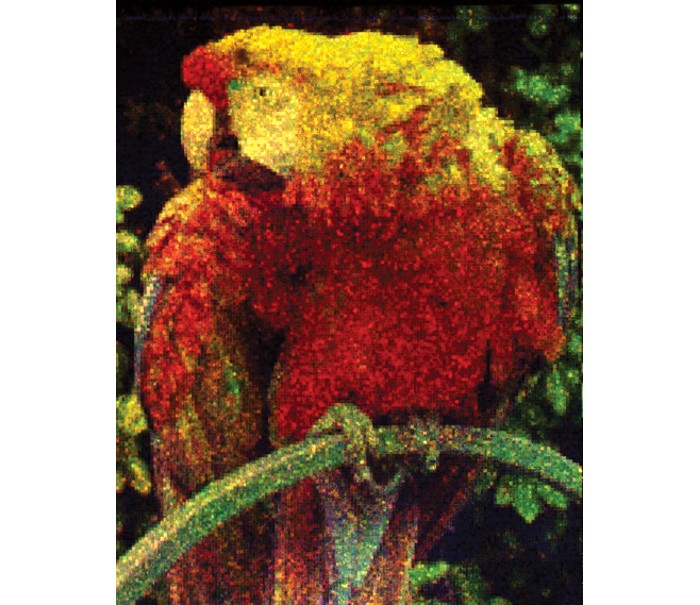Advertisement
Grab your lab coat. Let's get started
Welcome!
Welcome!
Create an account below to get 6 C&EN articles per month, receive newsletters and more - all free.
It seems this is your first time logging in online. Please enter the following information to continue.
As an ACS member you automatically get access to this site. All we need is few more details to create your reading experience.
Not you? Sign in with a different account.
Not you? Sign in with a different account.
ERROR 1
ERROR 1
ERROR 2
ERROR 2
ERROR 2
ERROR 2
ERROR 2
Password and Confirm password must match.
If you have an ACS member number, please enter it here so we can link this account to your membership. (optional)
ERROR 2
ACS values your privacy. By submitting your information, you are gaining access to C&EN and subscribing to our weekly newsletter. We use the information you provide to make your reading experience better, and we will never sell your data to third party members.
DNA
Method offers new approach to DNA data storage
Origami and superresolution microscopy team up for digital data writing and reading
by Celia Henry Arnaud
April 29, 2021
| A version of this story appeared in
Volume 99, Issue 16

DNA shows promise as a material for data storage because it resists degradation and can pack a lot of information into a small volume. But reading the stored data typically requires sequencing the DNA. Researchers now show that they can use DNA origami—a method that takes advantage of DNA’s complementary base pairs to create desired shapes—and superresolution microscopy to store and read data from arrays of glowing dots without the need for time-consuming sequencing (Nat. Commun. 2021, DOI: 10.1038/s41467-021-22277-y).
William L. Hughes and George D. Dickinson of Boise State University and their colleagues designed DNA origami sequences that fold into a 2D carpet. Each carpet contains 48 sites that act as the bits—the ones and zeros—of stored data.
When the origami folds, some sites have a DNA strand sticking up and others don’t, representing one and zero, respectively. After adding fluorescently labeled DNA that is complementary to the strands that stick up, the researchers can take pictures with superresolution fluorescence microscopy; the sites that glow are ones, and those that don’t are zeros.
The researchers encoded error-correction strategies into the origami, Hughes says, which was a key step because the synthesis of the DNA, the assembly of the origami, and the microscopy readout have intrinsic variability that can lead to mistakes. With the correction algorithm, the researchers were able to recover an encoded message with 100% accuracy.
“This is a very powerful way of reading information and highlights the power of superresolution spectroscopy,” says Robert Grass, who studies DNA data storage at the Swiss Federal Institute of Technology (ETH), Zurich. He thinks that scaling up the writing of the data could be challenging, so writing and reading DNA bar codes that are used for tagging and labeling products might be a more suitable application than large-scale data storage. In DNA bar coding, “speed and simplicity may be more important than cost and scalability,” Grass says.




Join the conversation
Contact the reporter
Submit a Letter to the Editor for publication
Engage with us on Twitter